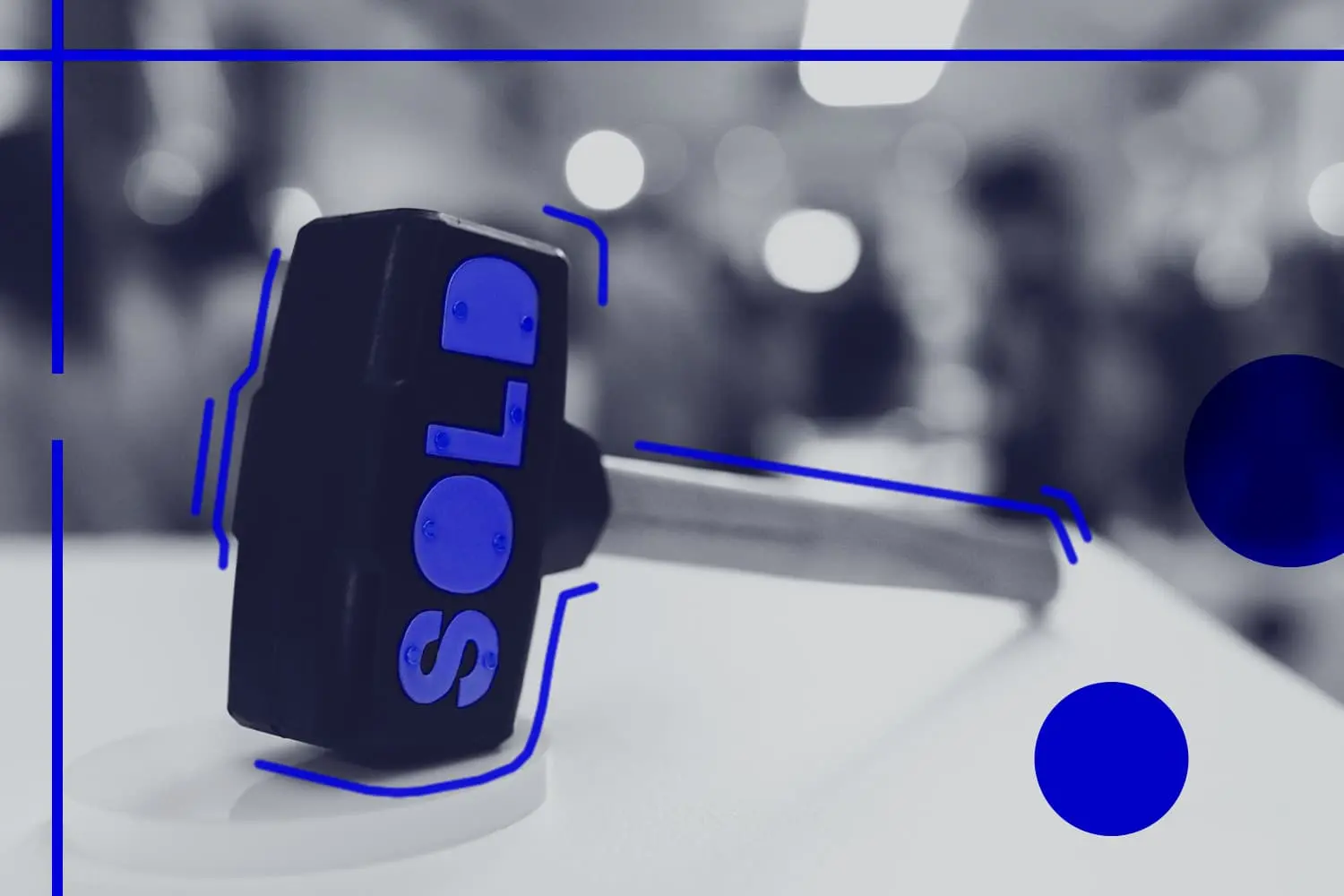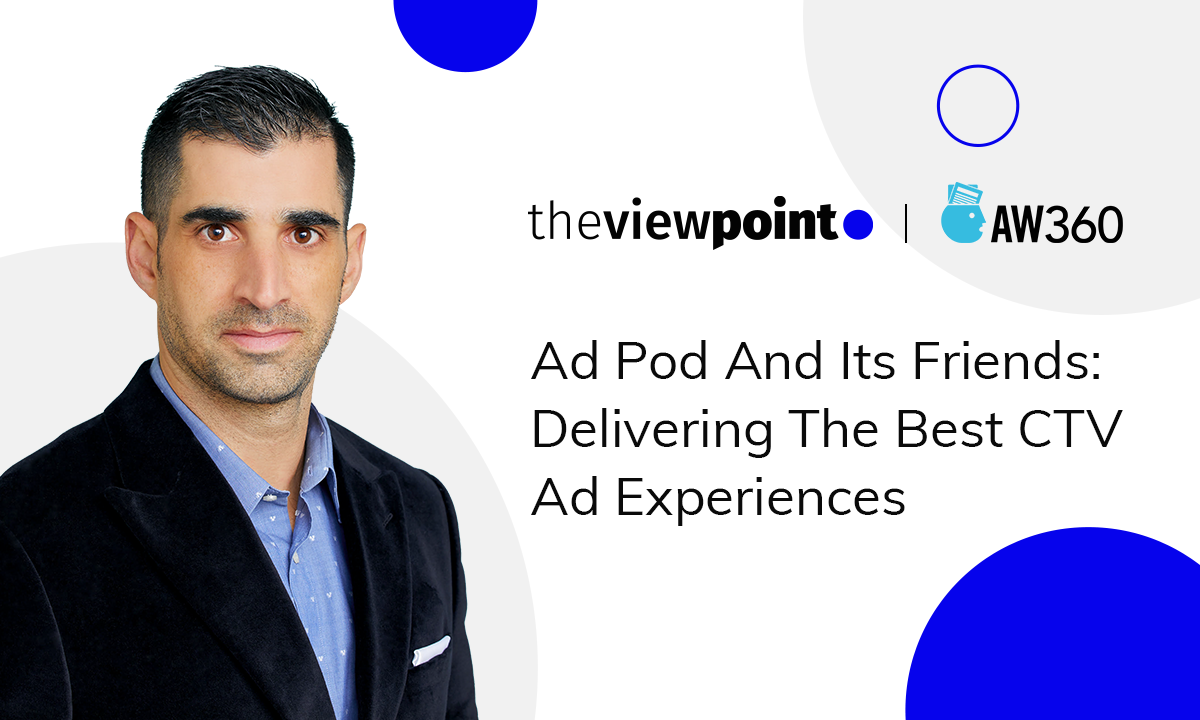
Everything You Need to Know About Real-Time Bidding
As programmatic advertising is gaining momentum, RTB or real-time bidding comes in. In fact, most platforms in ad tech today are RTB enabled. But what does that actually mean? What is an RTB platform and why is it so important for digital marketers? Let’s get the answers to these questions and more.
What is RTB? How Does it Work?
Traditionally, real-time bidding (RTB) is an automated process when advertising inventory can be sold or bought on a per-impression basis, and its work regardless of whether it’s an ad network vs ad exchange. What’s more important, it’s a breeze for these transactions to happen: every single transaction in the ad exchanges takes about 100 milliseconds (a 10th of a second). What speed!
Publishers sell ad space on their websites, and advertisers buy it to display their ads to a target audience. RTB decides which ad to display on a particular site. Traditionally, there are 3 main players involved:
Publishers (Supply Side)
An ad exchange (the marketplace itself)
Demand-Side-Platform (DSP).
Publishers provide inventory to an ad exchange. Therefore, an ad exchange (the marketplace itself) holds the inventory while a Demand-Side Platform, which acts on behalf of advertisers, is the place where the buyers bid for the inventory depending on the impressions they have. Everything is rather forthright here: it’s the highest bidder’s ad that will be displayed.
Confused a bit? No worries, let’s break down how it all works. So, there are members of the programmatic ecosystem who make bids on ad placements in real-time. An advertiser who wins the auction gets his digital ad displayed on a publisher’s property. That’s why it is so crucial to be aware of what to bid for and how much it is best to bid.
Real-time bidding is beneficial for publishers and advertisers alike. Although RTB does play a compelling role within the programmatic niche, programmatic technology extends far beyond just RTB. However, many people often confuse RTB with programmatic advertising. Now, we are going to shed some light on their major differences.
RTB vs Programmatic: What is the Difference?
First of all, RTB is a form of programmatic buying. Although RTB is the most beneficial technology for all ad tech players now, this is not the only existing programmatic method you can use to buy digital ads. There are programmatic or technology-driven ad solutions that allow publishers to sell their inventory in advance for a fixed price, not taking part in an auction.
In the grand scheme of things, unlike programmatic buying, real-time bidding is based on a supply-and-demand algorithm and a result is therefore not guaranteed. That means once we have a demand, you’ll get a good price, but if not, there will be a decrease in ad earnings.
Here’s why RTB is so important:
With RTB advertising, there’s no need for ad buyers to work directly with publishers or ad networks to agree upon ad prices and deliver ads. On top of that, for advertisers, there’s no need to waste money and time searching for the proper inventory to display their ads.
RTB helps brands reach their target audiences, enabling advertisers to bid and display their ads based on a per-impression basis, rather than CPM.
Due to the real-time bidding algorithm, it’s possible to analyze factors of any single impression and take into account their own data and targeting elements to accredit the optimal creative to provide alongside the associated bid value, including new standards such as unified id. You know, some impressions are worth more to a particular advertiser than others, and it’s RTB that lets you choose the most valuable ones.
RTB is measurable and action-encouraging. It makes your campaigns measurable directly after their launch. Indeed, both publishers and advertisers can check the campaign’s results instantly. For advertisers, RTB comes with the possibility to act and change campaigns in no time. Meanwhile, publishers can change the floor price, and ad unit placements anytime at the ad unit level.
Real-Time Bidding and Connected TV Advertising
When taking a closer look at digital advertising features, the CTV environment emerges as a lucrative channel that works on RTB principle.
Buying and selling of ads on CTV is performed in virtue of sophisticated algorithms and robots on virtual auctions and it takes just 100 milliseconds on average to complete the entire deal. Each tier of the auction possesses specific settings like the size of the ad spot and its exact platform attribution (a streaming service, website etc).
On the flipside, CTV provides higher chances for advertisers to display their ads. Why? The reason is the premium inventory from sought-after publishers. It gives bidders an upper hand on the open auction exchange. PMP aggregates a limited number of players that are invited by a publisher and chosen under a set of criteria, including their (financial) solvency. At this point, pricing policy here may differ from a regular public market, yet it provides fair, plain, and transparent terms for acquiring high-quality impressions. Finer impressions lead to better in stream video ads placement for only the relevant audience, which brings a higher conversion rate for advertisers. To put it simply, brands can find suitable content verticals to target the right audience and forget about frittering ad budgets away.
Takeaways
Traditionally, being a dynamic method for advertisers to manage their campaigns by bidding in real-time on the ad inventory, RTB does play a compelling role within the programmatic space. The process here is pretty simple: advertisers bid on every impression and if they win, the ad is shown on the publishers’ property. Although people often regard RTB as programmatic, it’s only a small part of the programmatic sphere, but a very important part to the extent that it has given a new life to traditional display advertising, especially when taking into account things like geo fencing technology.
That being said, it’s hardly possible to imagine digital advertising without real-time bidding. Meanwhile, since Connected TV ads are a vital part of digital advertising, it seems crucial to find how to implement the RTB technology within the CTV environment. For now, RTB on CTV is in its development stage, but more and more platforms spring forth on a consistent basis. With all of your new-found knowledge, it’s possible to admit that pod bidding is most likely to become the next evolutionary step of CTV advertising.
Related
Programmatic TV Tax Day is Not Just April 15. It's Every Day
This blog examines the significant "AdTech tax" in Connected TV advertising, advocating for Tatari's direct integration with publishers to bypass hidden fees, resulting in substantial cost savings and enhanced transparency.
Read more
Ad Pod And its Friends: Delivering the Best CTV Ad Experiences
Aiming to stand out from the crowd and surpass consumers’ expectations, CTV advertisers have to be allied with publishers and very savvy at applying innovative advertising techniques, like frequency capping, competitive ad separation, and deduplication. Though still raising a lot of eyebrows, these tools have already become the next big thing in the advertising world. So, before diving deep into the details of ad pod management, let’s take a sneak peek behind the scenes of modern CTV play.
Read more
Ad Network vs Ad Exchange: The Definitions, Evolution, and Key Differences
Navigating the numerous platforms and partners available on the ad tech market can feel confusing. Some entities seem to serve the same purpose at first glance, as it is when you compare ad network vs ad exchange. Similar to the confusion over the difference between sdk and api, their places within the programmatic supply chain significantly differ and are worth explaining.
Read more


